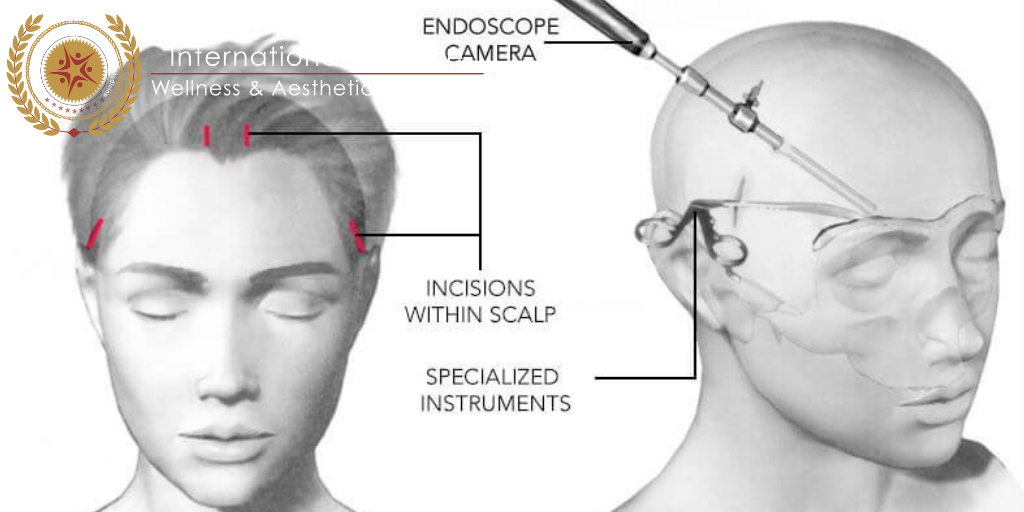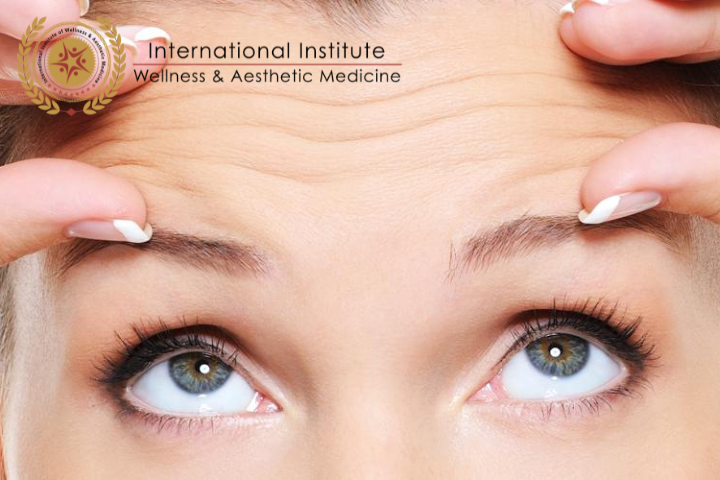About Brow Lift Surgery
In our previous article, we spoke about using Botox and other neurotoxins as an option for a non-surgical brow lift. (Read the article here- Non-Surgical Brow Lift Using Neurotoxins). In today’s article, we will help to educate you further about various things to keep in mind during brow lift surgery.
About brow lift surgery
The brow and forehead are usually the first areas to show signs of aging. The “frown lines” that appear between the eyebrows make you look more serious or angry and drooping eyebrows and eyelids make you look sad or tired. A brow lift, also called a forehead lift, raises the brows to remove the appearance of forehead wrinkles and erase frown lines. The brow lift surgery carefully removes parts of muscle and skin causing wrinkles and lines and manipulates tissues in the forehead area through incisions in the hair or at the hairline. Types of brow lift procedures
Classic or coronal brow lift
The classic lift, also known as the “open brow lift” or “coronal lift,” is performed with a single continuous incision, spanning from one ear to another across the top of the head. In some cases, the surgeon may place the incision at the frontal hairline for correcting a high forehead.
Endoscopic lift
In the Endoscopic Lift few small incisions are made in the scalp that are hidden within the hair. After that, a scope, which is a thin tube attached to a camera, is inserted into one of the incisions to view the tissues and muscles from a screen while another device is inserted in one of the other incisions to make the necessary modifications. The forehead tissue will be anchored with a temporary or permanent stitch or anchor below the scalp. The tissue will be kept under control for years by these anchors. Because the incisions are smaller, this procedure is considered less invasive with minimal scarring and an overall shorter recovery time.

Temporal lift
This procedure is minimally invasive and can be performed under local anesthesia by a facial cosmetic surgeon. It is a scaled-back version of the endoscopic brow lift where an elliptical excision is marked at the hairline and extended into the temporal hair-bearing scalp. Temporal lift helps to correct the ptotic tail of the brow and crow's feet, in addition to redraping the premalar skin. Results are usually desirable and downtime is minimal.
Postoperative care
-
Patients are advised to apply a cold compress to the treated area(s) for three days to minimize swelling if required.
-
No strenuous exercise should be done for at least up to 4 weeks after brow lift surgery because a sudden increase in blood pressure may aggravate the inflammation.
-
The patient’s head should be elevated when lying down, and patients should avoid physical activities as possible and report any unusual discomfort.
Potential side effects of brow lift procedures
Like any surgery, brow lift surgery has some mild side effects like pain, bruising, numbness, and tenderness or redness and swelling, but sometimes may also lead to serious scarring, infection, scalp itch, bleeding, and various allergic reactions. It’s crucial that the procedure is performed by a doctor with specialized training and excellent knowledge of complications and methods of mitigation in case of occurrence.
About IIWAM training in brow lift procedure
It is prudent that all Aesthetic practitioners must undergo proper training in Aesthetic Medicine. The practitioner must balance between benefits & risks of the Aesthetic procedure, and steps to mitigate complications if it occurs. At IIWAM, we call it, understanding the procedure, the product, and the patient, and our trainers pay utmost attention to teaching the following subjects when it comes to brow lift surgery procedures in our facial anatomy online course:
-
The anatomy of the face
-
Methods & techniques for brow lift surgery
-
Possible brow lift surgery complications
-
Avoiding and mitigating brow lift surgery complications
-
Treating various brow lift surgery complications
About IIWAM Aesthetic Education
At IIWAM, we provide an International Aesthetic Certification program and also Advanced Online Aesthetic Courses for Doctors, Dentists, Nurses, Aestheticians, and Spa Owners in the field of Aesthetic Medicine.
Our Institute is based in Malaysia and has international students from the Philippines, Myanmar, Cambodia, India, Indonesia, and other parts of Asia. With our insignia of “Be Certified, Be Recognized”, we develop knowledgeable, skilled, and confident Aesthetic practitioners of international repute. Our Aesthetic training focuses on teaching the principles of Aesthetic procedures before venturing into Aesthetic clinical skills. IIWAM training Programs are a combination of Onsite Training, LIVE Online Webinars, and Online Learning. IIWAM is the first Institute in the World to have its Programs assured by City & Guilds of London and certified by European International University. IIWAM is also a registered CPD Training provider with CPD Standards Office in the UK and by CPD Malaysian Medical Association.
Onboard is our Assoc. Prof Dr. Morthy, the lead trainer, medical director of the International Institute of Wellness & Aesthetic Medicine (IIWAM), formerly known as Aesthetic Academy Asia (http://www.iiwam.ac/).
In the Aesthetic part of our Institute, we provide Advanced Aesthetic Medical Procedures that are Safe, Effective, and Affordable, offering a wide range of specialized treatments for All Your Aesthetic Needs.

